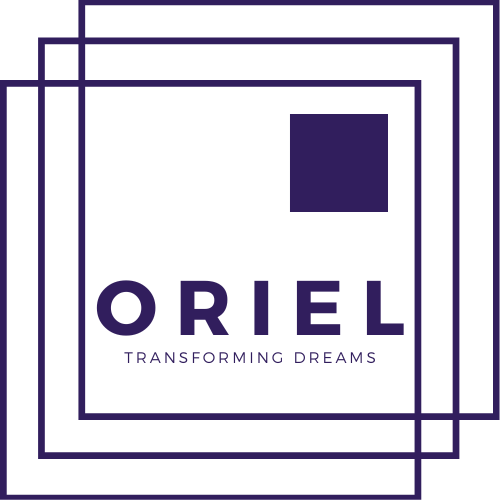1. Setting Up the Environment
- Install Python: Make sure you have the latest version of Python installed.
- Install Pip: This is Python’s package manager (comes with Python but good to check).
- Set Up a Virtual Environment: Virtual environments keep your project dependencies separate.
python -m venv venv
source venv/bin/activate # Linux/macOS
venv\Scripts\activate # Windows2. Flask Framework (Beginner-Friendly)
Flask is a lightweight, minimalistic web framework. You can start small, and it’s easy to scale up.
Installing Flask:
pip install FlaskBasic Flask Application:
from flask import Flask
app = Flask(__name__)
@app.route('/')
def home():
return "Hello, Flask!"
if __name__ == "__main__":
app.run(debug=True)This creates a basic web server that responds with “Hello, Flask!” when you visit http://localhost:5000/.
3. Django Framework (Full-Featured)
Django is a powerful, full-stack web framework. It comes with built-in support for databases, admin panels, and more.
Installing Django:
pip install djangoCreating a Django Project:
django-admin startproject myproject
cd myproject
python manage.py runserverDjango has a lot of built-in functionality, like handling user authentication, forms, and database management.
4. Frontend Integration (HTML, CSS, JavaScript)
- Learn how Flask or Django can serve HTML pages.
- Add CSS for styling and JavaScript for dynamic behavior.
5. Connecting to a Database
- For Flask: You can use SQLite or SQLAlchemy for database integration.
- For Django: It has built-in support for SQLite but can easily work with other databases like PostgreSQL.
6. Building RESTful APIs
Learn how to build APIs with Flask or Django for frontend-backend communication or external integration.
